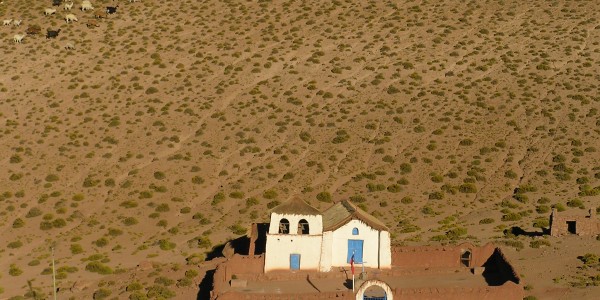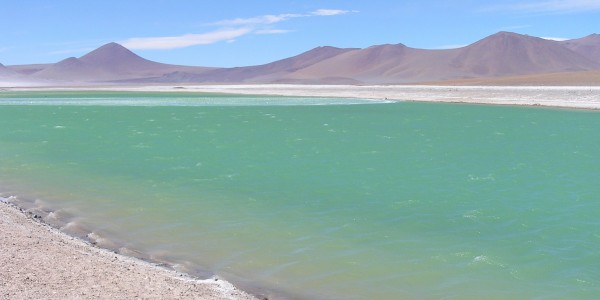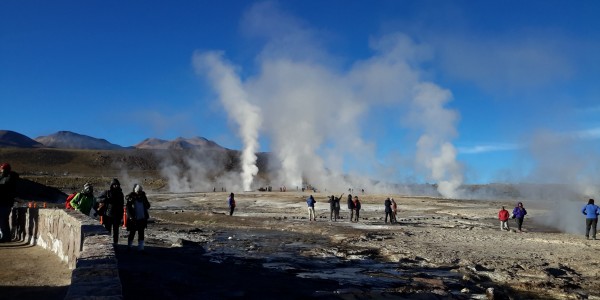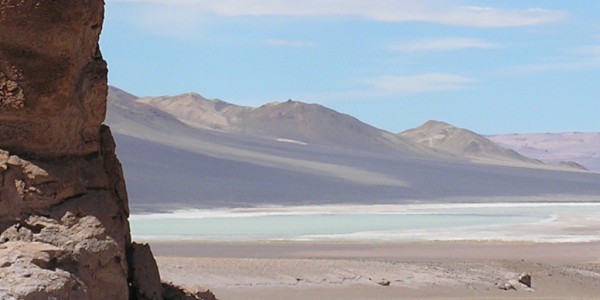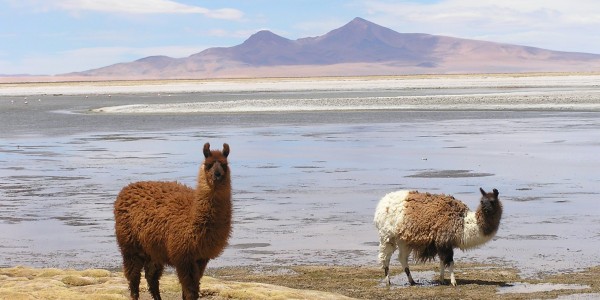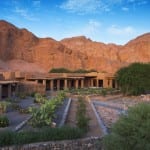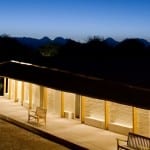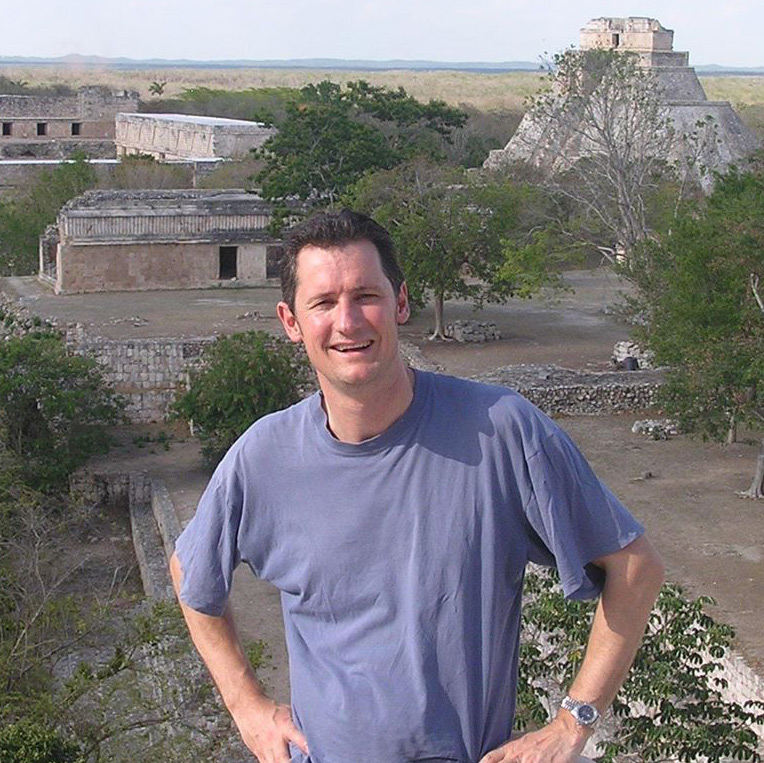‘El Norte Grande’ or Chile’s Far North occupies almost one quarter of the country’s terrain yet supports just five per cent of its population and its most dramatic and formidable feature is the Atacama Desert, which is the world’s driest desert and in some places rain has never been recorded.
Atacama Desert
Why visit Atacama Desert ?
• Feel the raw power of the large, steaming El Tatio geysers
• Hike through the dramatic valleys of the Devil’s Canyon
• Watch the graceful flamingos as they sieve the azure lakes for algae
• Relax in Puritama’s geothermal pools after a busy day’s exploration
• Lift off into the Andean sunrise in a hot air balloon
Stretching south for over 1000 kms from the Peruvian border, this is an area of barren rock and gravel, harsh scrubland, pampas and sand dunes and there are parts where no rainfall has ever been recorded. Approaching the cordillera the coastal hills rise to an area known as the altiplano, which is a high windswept plateau of salt flats, lakes and rocky terrain ringed by snow-capped volcanoes.
For centuries man has managed to exist and wrest a living from this hostile environment, either from the sea or from little oases nestling in the desert and altiplano and one such oasis town is San Pedro de Atacama, which has become a popular starting point for a wide range of fascinating trips into this extraordinary region.
Approximately 90 kms north of the town is the world’s highest geyser field (4300m) called El Tatio. It is a large flat area containing a huge number of blow holes that send billowing clouds of steam high into the air in the early morning. This is a remarkable spectacle with spray pools surrounding the blowholes, that are particularly striking as they catch the first rays of the sun.
The Valle de la Luna, just 15 kms to the west of San Pedro, offers some dramatic lunar scenery with wind-eroded hills surrounding a crust-like valley floor that used to be a lake a long time ago. There is also a vast sand dune which can offer some remarkable views and streaks of rich yellows and reds as the sun starts to set.
The Salar de Atacama is about 10 kms to the south of San Pedro and is the largest salt flat in Chile. As the waters flow down from the Andes they are trapped by this huge basin covering three thousand square kilometres. The water sits and slowly evaporates leaving a hard crust of saline minerals. There are also a few small lakes including Laguna Chaxa and Laguna Salada which are home to dozens of flamingos and whose waters are covered by floating plates of salt.
To the south east of San Pedro is a delightful area of azure blue lakes and pretty little villages such as Toconao, Socaire and Peine. The little churches and fields of sunflowers are a highlight as well as the stunning lakes shimmering pink with flamingos and backdropped by mountains. On the cultural side, the village of Tulor just to the south of San Pedro is the site of some of the earliest known habitations in the region dating back to 800 BC. Just to the north of San Pedro is the town of Quitor, where there are the ruins of a 12th Century fortress (pukara).
LOCATION
CHILE KEY INFO
Visa
No Visa is required for UK passport holders.
Health Requirements
No mandatory vaccinations are required.
Time Difference
GMT - 4 Hours
Flight Time
14.5 hours Direct
NEWSLETTER SIGNUP
Keep up-to-date with the latest travel trends, inspiration for future trips and competitions to win luxury travel vouchers.
Subscribe









